Baseball Hall of Famer Tony Gwynn Succumbs to Salivary Cancer
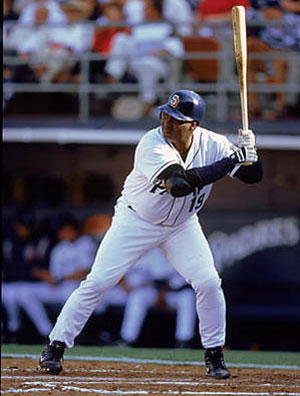
“Major League Baseball today mourns the tragic loss of Tony Gwynn, the greatest Padre ever and one of the most accomplished hitters that our game has ever known, whose all-around excellence on the field was surpassed by his exuberant personality and genial disposition in life.”
— Bud Selig, MLB Comissioner
It was with these words that we learned that Baseball Hall of Famer Tony Gwynn had lost his battle with salivary gland cancer. He was 54 years old.Gwynn had a 20 year career with the San Diego Padres. He had 3,141 hits and a .338 batting average. He also was a 15-time All-Star and was inducted into the National Baseball Hall in 2007.
We first covered this story when the Padres right fielder was diagnosed in October 2010. At that time, Gwynn was the head baseball coach at his alma mater San Diego State University. At the time he told reporters:
“I had surgery for a parotid tumor in 1997 and again three years ago, and both those times there was no cancer. But this time they found a malignancy. They took out three lymph nodes and did all the tests and the results showed cancer in the parotid. The doctors have told me they feel they caught the cancer early and there was not much of it there.”
Gwynn blamed his use of smokeless tobacco (ST) as the cause of his cancer. The habit is so common in MLB that a government study in 1999 showed that “Almost one third of rookie baseball players in the 1999 season were regular smokeless tobacco users on entering professional baseball.”
However MLB did not make any rules regarding ST until 2011. The ruling, made in conjunction with the players union had players agreeing not to carry tobacco packages or tins in their back pockets while fans were in the ball park. They also agree not to use ST during pre- or postgame interviews or at official team functions. MLB also sponsored a series of public service announcments outlining the dangers of ST. It fell short of banning the use of smokeless tobacco- a move many feel the league may now come to regret.
We have covered the topic of salivary cancer in Tony’s story and in the story of Beastie Boys singer Adam Yauch. There is a Resounding Health Casebook on the topic as well.
What is smokeless tobacco?
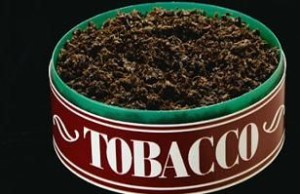 Smokeless tobacco is tobacco that is not burned. It is also known as chewing tobacco, oral tobacco, spit or spitting tobacco, dip, chew, and snuff. Most people chew or suck (dip) the tobacco in their mouth and spit out the tobacco juices that build up. Nicotine in the tobacco is absorbed through the lining of the mouth.
Smokeless tobacco is tobacco that is not burned. It is also known as chewing tobacco, oral tobacco, spit or spitting tobacco, dip, chew, and snuff. Most people chew or suck (dip) the tobacco in their mouth and spit out the tobacco juices that build up. Nicotine in the tobacco is absorbed through the lining of the mouth.
There are two main types of smokeless tobacco:
- Chewing tobacco, which is available as loose leaves, plugs (bricks), or twists of rope. A piece of tobacco is placed between the cheek and lower lip, typically toward the back of the mouth. It is either chewed or held in place. Saliva is spit or swallowed.
- Snuff, which is finely cut or powdered tobacco. It may be sold in different scents and flavors. It is packaged moist or dry; most American snuff is moist. It is available loose, in dissolvable lozenges or strips, or in small pouches similar to tea bags. The user places a pinch or pouch of moist snuff between the cheek and gums or behind the upper or lower lip
Are there harmful chemicals in smokeless tobacco?
Yes. There is no safe form of tobacco. At least 28 chemicals in smokeless tobacco have been found to cause cancer. The most harmful chemicals in smokeless tobacco are tobacco-specific nitrosamines, which are formed during the growing, curing, fermenting, and aging of tobacco. The level of tobacco-specific nitrosamines varies by product. Scientists have found that the nitrosamine level is directly related to the risk of cancer.
In addition to a variety of nitrosamines, other cancer-causing substances in smokeless tobacco include polonium–210 (a radioactive element found in tobacco fertilizer) and polynuclear aromatic hydrocarbons (also known as polycyclic aromatic hydrocarbons).
Does smokeless tobacco cause cancer?
Yes. Smokeless tobacco causes oral cancer, esophageal cancer, and pancreatic cancer.
Does smokeless tobacco cause other diseases?
Yes. Using smokeless tobacco may also cause heart disease, gum disease, and oral lesions other than cancer, such as leukoplakia (precancerous white patches in the mouth)
Can a user get addicted to smokeless tobacco?
Yes. All tobacco products, including smokeless tobacco, contain nicotine, which is addictive. Users of smokeless tobacco and users of cigarettes have comparable levels of nicotine in the blood. Nicotine is absorbed through the mouth tissues directly into the blood, where it goes to the brain. Even after the tobacco is removed from the mouth, nicotine continues to be absorbed into the bloodstream. Also, the nicotine stays in the blood longer for users of smokeless tobacco than for smokers.
Is using smokeless tobacco less hazardous than smoking cigarettes?
Because all tobacco products are harmful and cause cancer, the use of all of these products should be strongly discouraged. There is no safe level of tobacco use.
How can I get help quitting smokeless tobacco?
NCI offers free information about quitting smokeless tobacco:
- Call NCI’s Smoking Quitline at 1–877–44U–QUIT (1–877–448–7848). Talk with a smoking cessation counselor about quitting smokeless tobacco. You can call the quitline, within the United States, Monday through Friday, 8:00 a.m. to 8:00 p.m., Eastern time.
- Use LiveHelp online chat. You can have a confidential online text chat with an NCI smoking cessation counselor Monday through Friday, 8:00 a.m. to 11:00 p.m., Eastern time.
Source: The National Cancer Institute
Do you think that Major League Baseball should ban the use of smokeless tobacco? We want to know what YOU think!















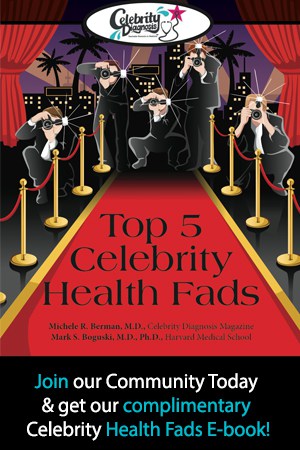
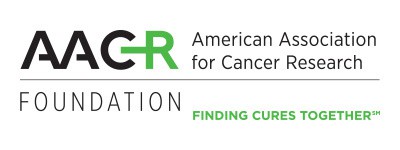

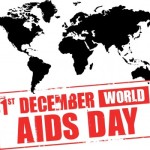
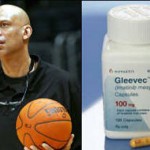







0 comments